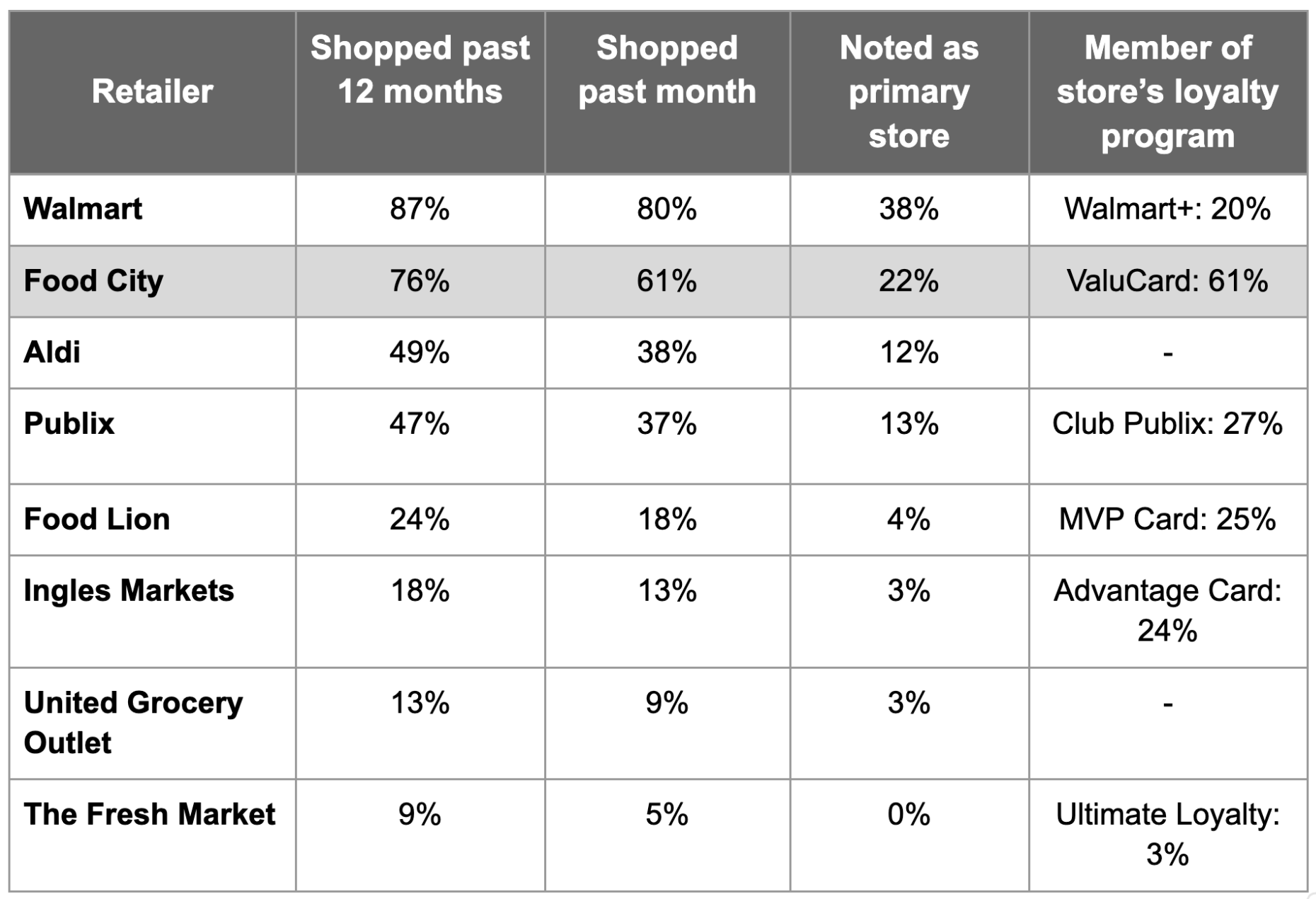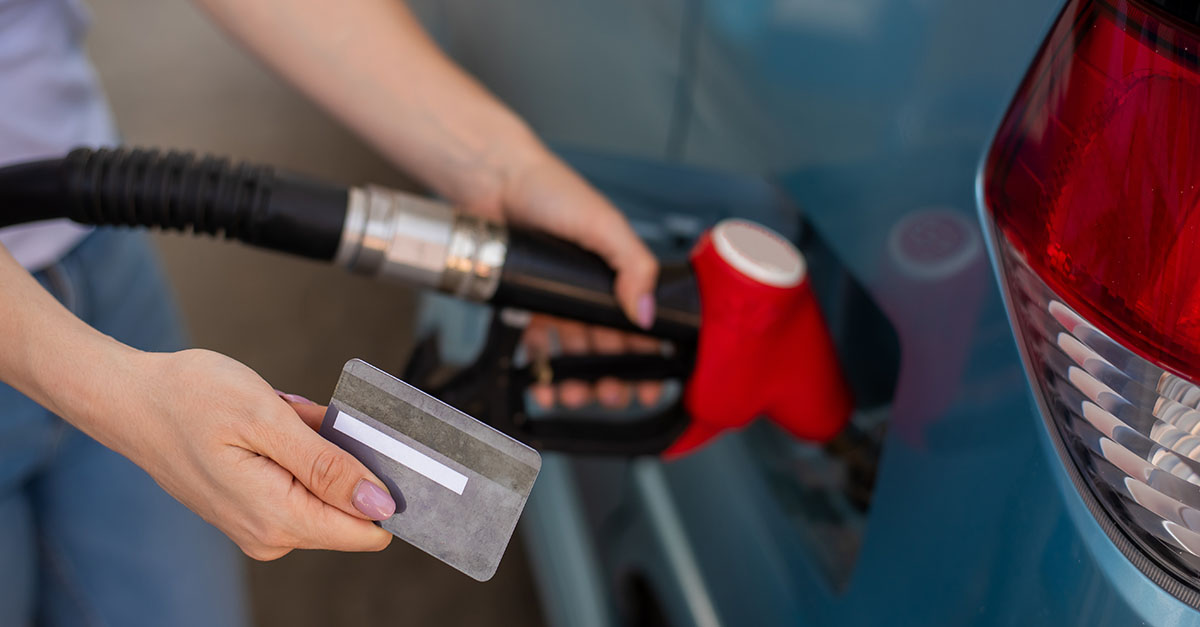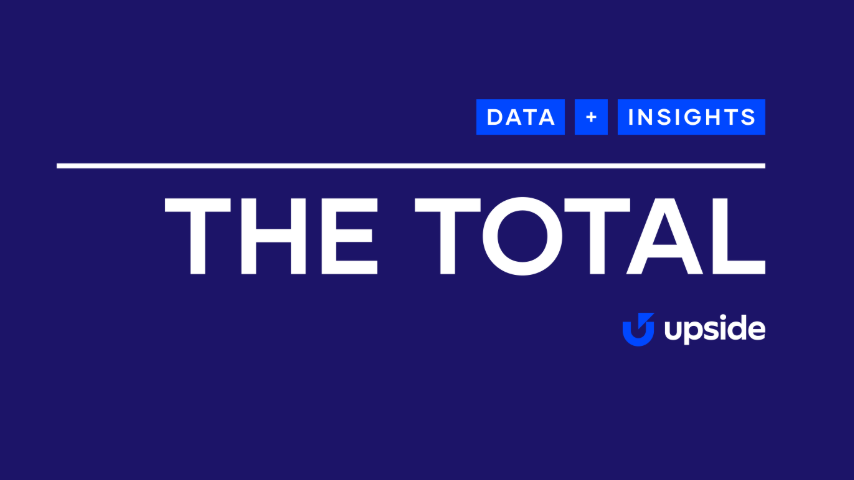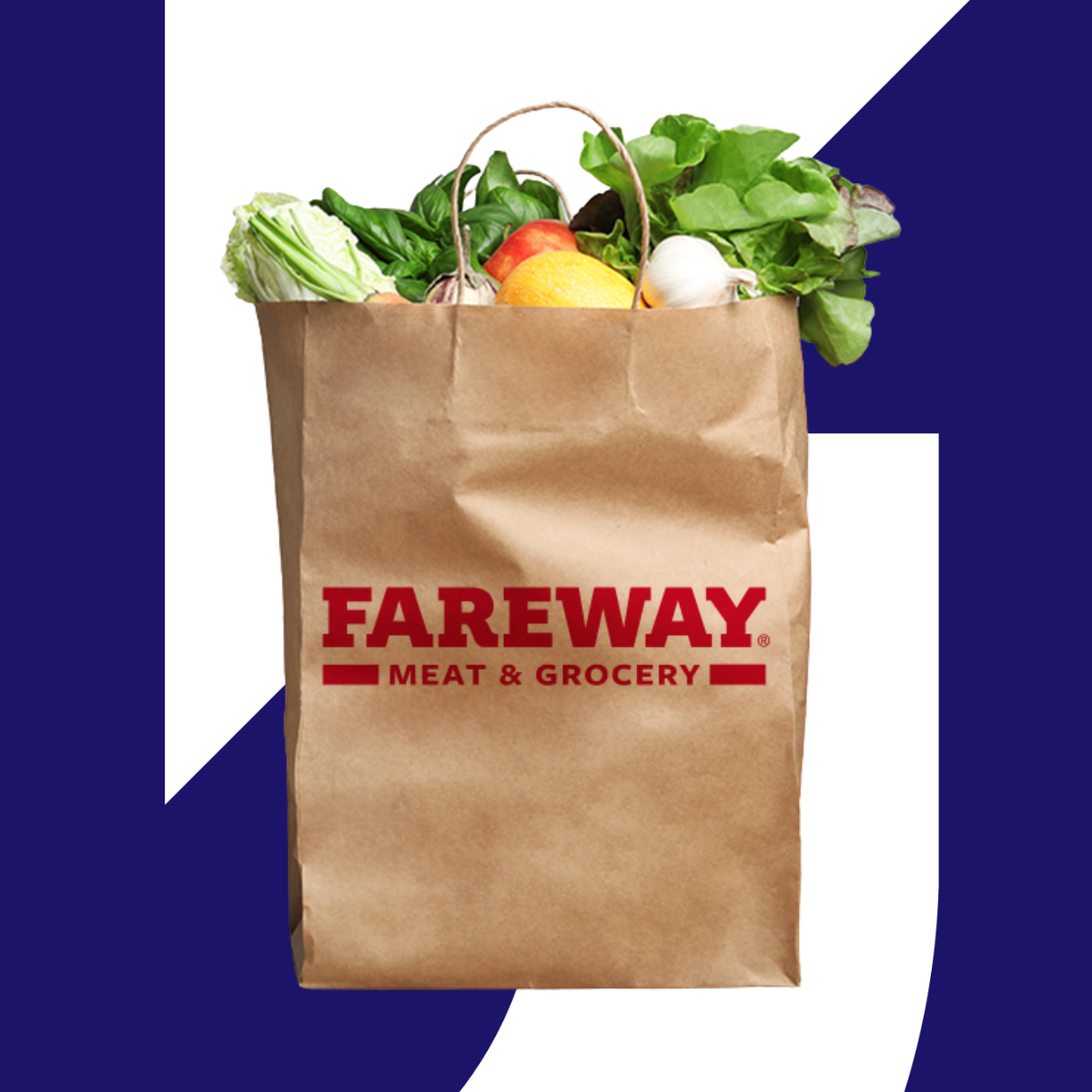Food City's market strategy starts with winning the uncommitted shopper's next trip
Success isn't capturing 100% loyalty at once. With Upside, it's winning the next trip, again and again, until you become the default choice.
Meet Sarah, a typical Tri-Cities shopper. She carries a ValuCard and shops at Food City twice a month, spending about $120 each visit. But Sarah also hits Walmart weekly for bulk items, stops at Aldi for produce, and grabs last-minute essentials at the Publix near her office. Despite being a "loyal" Food City customer, Sarah spreads her $860 monthly grocery budget across four different retailers.
Sarah represents the uncommitted shopper, and her shopping behavior is represented everywhere in the Tri-Cities market. Recent survey data reveals households like Sarah’s shop for groceries about 7 times a month, spending $123 per trip, but that spend is split across multiple retailers, even when they’re loyalty members. For Food City, shoppers like Sarah represent the single biggest growth opportunity: not new customer acquisition, but capturing more trips from customers already familiar with the brand.
The reality of how this plays out becomes clear when examining recent shopping patterns.
The massive opportunity hiding in plain sight
Upside's recent consumer survey in the Tri-Cities DMA reveals how much value retailers like Food City are missing. There's a huge opportunity to win more trips away from Walmart, Aldi, and Publix, and loyalty programs aren't a silver bullet.
Where Tri-Cities shoppers actually spend their money

Food City has the highest loyalty program participation in the market at 61%, yet only 22% consider it their primary grocery destination. This massive gap between engagement and primary loyalty exists across most grocery markets, but it represents Food City's biggest untapped revenue opportunity.
Most grocery retailers see similar patterns: high loyalty enrollment doesn't automatically translate to primary store designation. Even enrolled loyalty members frequently shop across multiple retailers, and research shows 14% will visit a store once and not return for the entire year. Even regular loyalty members spread trips across multiple stores based on convenience, promotions, and shopping needs.
Enrollment indicates engagement, but actual shopping behavior requires winning each trip individually.
One more trip per month equals 84% revenue increase
Instead of trying to capture 100% customer loyalty immediately, the winning strategy is capturing the next trip consistently, profitably, and with minimal lift until customers naturally build a new default habit with Food City.
The numbers are straightforward: winning just 1 extra trip from uncommitted shoppers could increase Food City's revenue by 84%. Rather than aiming to lock in every shopper completely, Food City can focus on consistently winning the next trip because those wins compound into long-term loyalty.
Modern customers build preferences through repeated positive experiences that gradually make one option feel more convenient or valuable than alternatives. Each successful visit creates familiarity and convenience that influences future shopping decisions.
How Sarah's shopping could change
Here's how Upside transforms an uncommitted shopper like Sarah into a more frequent Food City customer:
Before Upside: Sarah shops Food City twice monthly ($240), Walmart weekly ($280), Aldi twice monthly ($200), Publix weekly ($140). Food City gets 28% of her grocery spend.
With Upside: Sarah receives a personalized 10% back offer, tailored to her past spending at Food City. She shifts one Walmart trip to Food City that month. The positive experience and savings lead her to check the app again. Over six months, she gradually shifts to three Food City trips monthly while maintaining her other shopping patterns.
Result: Food City now captures 42% of Sarah's grocery spend—a 50% increase in her value to the store without requiring her to abandon other retailers entirely. She's not "100% loyal," but she's significantly more valuable.
This gradual shift represents exactly the kind of incremental growth that compounds into substantial revenue increases across thousands of customers.
Upside complements what ValuCard already does well
The platform works alongside ValuCard to address two specific areas: reaching non-enrolled shoppers and increasing visit frequency among current members.
Upside engages non-ValuCard users on our digital marketplace and incentivizes them to experience Food City whether they join up or not. This reaches the 39% of local shoppers not enrolled in ValuCard and creates pathways for both incremental trips and potential loyalty program conversion.
The platform drives existing ValuCard members back to the store more often and encourages them to spend more. Upside research found that adding Upside's personalized offers alongside a loyalty program can increase retention rates by 60%.
Upside integrates with existing analytics and reporting systems without requiring additional in-store management. The platform operates as a plug-and-play addition to current promotional strategies.
Key advantages for Food City operations:
- Drives truly incremental trips without cannibalizing existing ValuCard performance
- Works across all banners so grocery, fuel, pharmacy, and hardware locations benefit from the same platform
- Zero additional staff training required which addresses operational bandwidth constraints
- Scales seamlessly with new store openings to support expansion strategy without added complexity
- Protects margins through cash back rewards since unlike promotional discounts that erode profitability, Upside's model maintains full retail pricing
Turning uncommitted shoppers into long-term customers
Food City doesn’t need to capture 100% of a shopper’s spend at once. The opportunity is winning the next trip, again and again, until Food City naturally becomes the default choice. With households like Sarah’s spending $860 each month across multiple retailers, even small shifts in trip share create substantial revenue growth.
Upside makes this shift measurable and sustainable: it complements ValuCard by reaching non-enrolled shoppers, boosting visit frequency among members, and scaling seamlessly with new store openings. By plugging directly into Food City’s existing operations, Upside delivers incremental trips, stronger loyalty, and long-term customer value—without added complexity.
Ready to see how Upside can complement ValuCard? Let’s walk you through how we turn uncommitted shoppers into Food City regulars.
Share this article:
Request a demo
Request a demo of our platform with no obligation. Our team of industry experts will reach out to learn more about your unique business needs.










.png)





